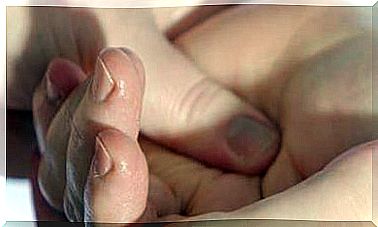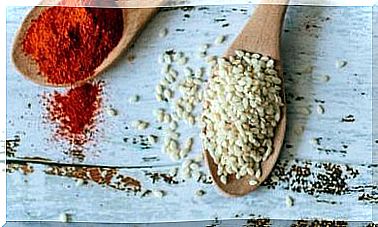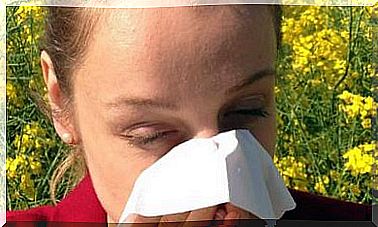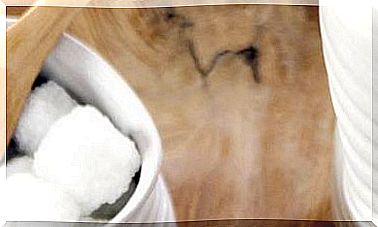Buffers Are Loaded With Toxic Substances
The French administration has carried out analyzes that uncover a long list of compounds with carcinogenic, mutagenic or endocrine effects.

The complaint does not come from any environmental group or individual. As reported by Le Monde, a French government office, none other than the National Agency for Food Safety, Environment and Work (ANSES, for its acronym in French) has asked manufacturers of tampons and other hygienic products to reduce the presence in them of carcinogenic chemical compounds or endocrine disruptors.
In intimate hygiene products there are even agricultural pesticides
Lindane and Quintacene, also known as PNCB, are two pesticides that have been found where least expected: in sanitary napkins and feminine panty liners. The case is more serious because they have also been banned since 2000.
And they are not the only toxic substances found in intimate products. Glyphosate, the infamous Monsanto (now Bayer) pesticide, has also been discovered in them.
There are still more compounds that are where they shouldn’t be. The analyzes carried out by ANSES have revealed the presence of polycyclic aromatic hydrocarbons (PAHs) and phthalates (endocrine disruptors) in the tampon sheath, together with dioxins, furans and also phthalates in the material that comes into contact with the walls of the tampon. vagina.
All of these substances are carcinogenic, mutagenic, or endocrine disrupting.
Raw material contamination
How do these toxic substances end up in intimate hygiene products? ANSES experts have explained that most of the contaminants come from raw materials purchased by manufacturers to produce tampons, wipes or panty liners. Therefore, they come from pesticides used by farmers who produce cotton or are components of plastics.
Other toxic compounds, such as furans and dioxins, are generated in the process to bleach cotton and other fibers. PAHs appear as a consequence when joining parts at high temperatures.
Contradictions about risks
ANSES considers that the presence of all these compounds does not represent a risk to human health because they are found in very low concentrations. However, he acknowledges that standard risk calculations do not take into account the effects of low-dose disruptors, or skin sensitization.
That is why ANSES recommends that manufacturers who purchase higher quality raw materials review the production processes so that the result is cleaner.
The objective is “to eliminate or reduce as far as possible the presence of these substances, in particular those with carcinogenic, mutagenic or reprotoxic effects, endocrine disruptors and skin sensitizers”.
The European Union can develop regulations
It is up to the goodwill of the manufacturers whether or not they heed these recommendations. This will be the case until a European regulation does not restrict the presence of toxic substances in intimate hygiene products, something that ANSES supports. The possibility is being studied by the Commission.
ANSES will still carry out further analysis of the composition of tampons and other products, such as menstrual cups. These devices, which some women consider safer and more sustainable than tampons, can also release phthalates or volatile organic compounds, according to Professor Gerard Lasfargues, executive director of ANSES.
Green options
Organic certified intimate hygiene products are logically safer because they do not contain agricultural pesticides. However, they can contain polycyclic aromatic hydrocarbons, dioxins, furans, and phthalates.
On the other hand, experts warn that prolonged use of tampons poses a risk of suffering from toxic shock syndrome. This syndrome is not due to the toxic compounds mentioned, but to the multiplication of bacteria that produce toxins. However, it is a rare occurrence.









